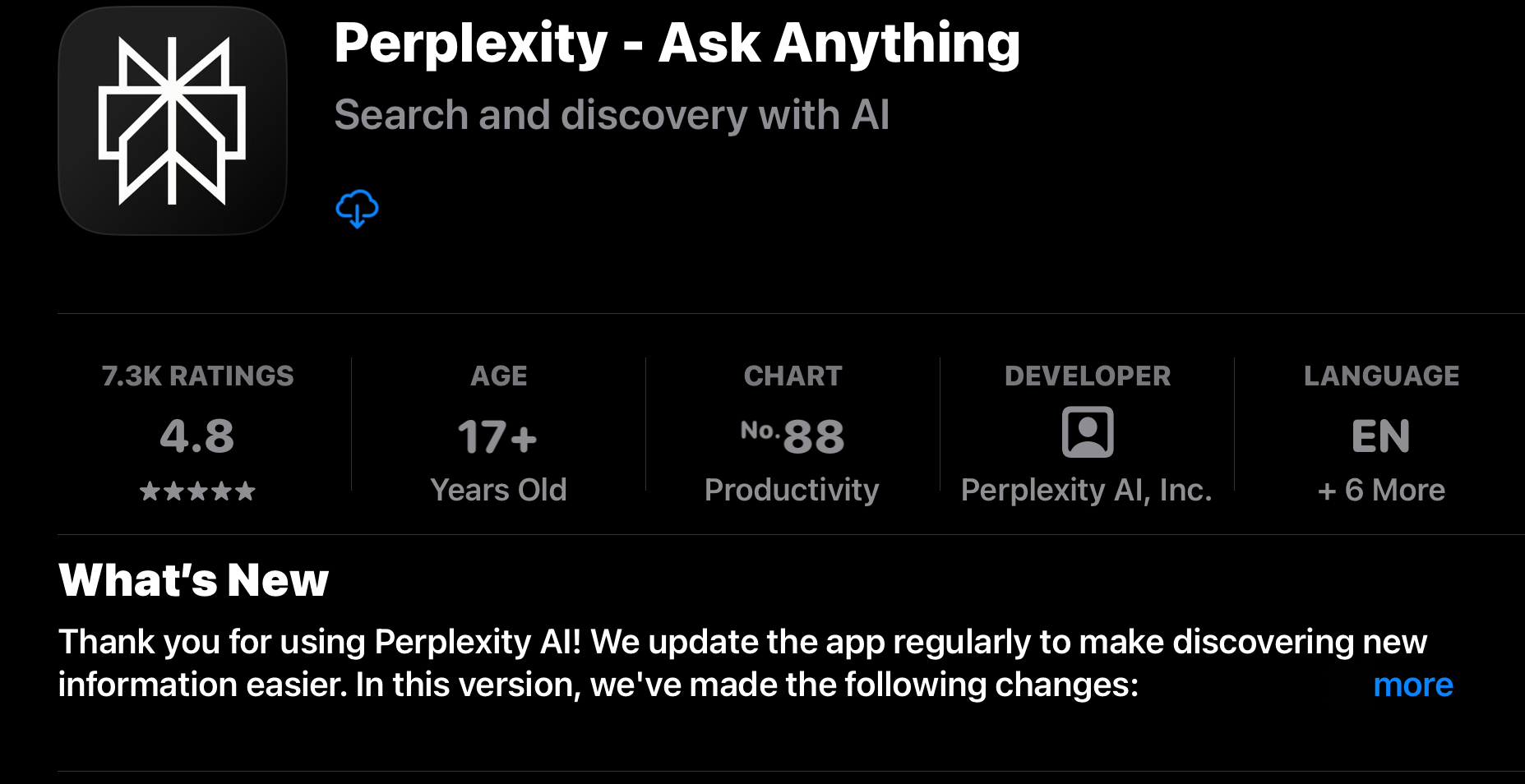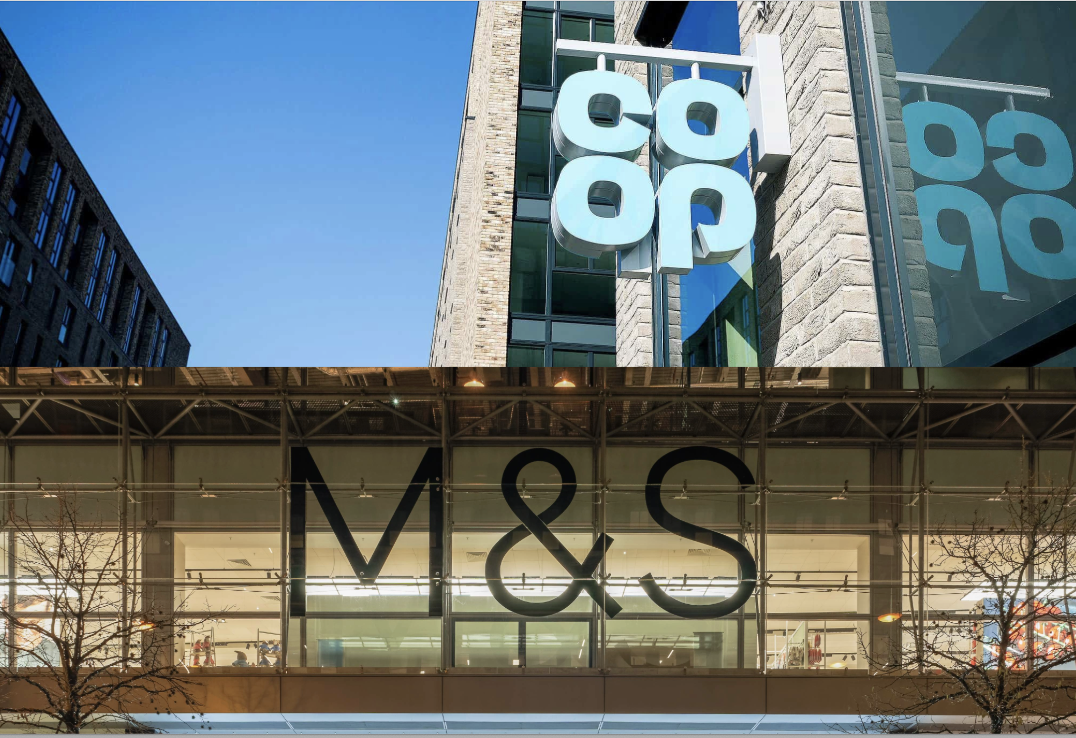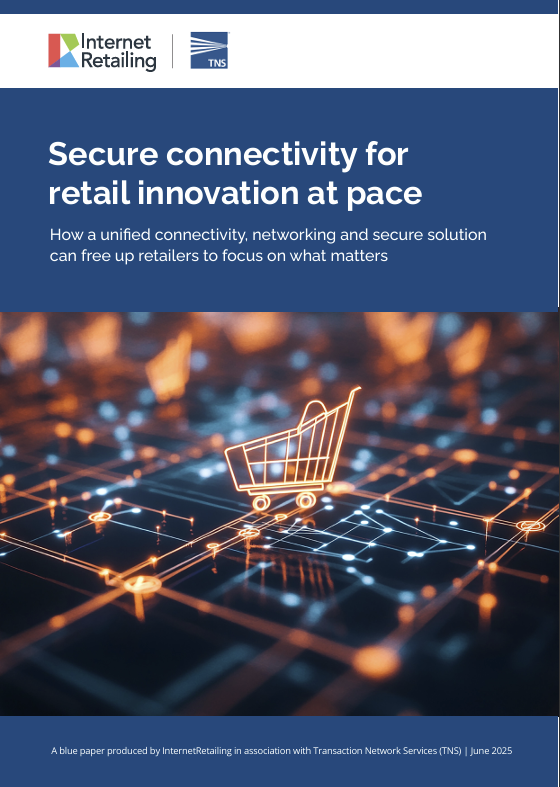Perplexity, the GenAI search engine, is getting into the advertising business. Its new pitch deck highlights the app’s growing reach and user engagement. According to the company, the app has surpassed 2 million downloads and now handles more than 230 million queries monthly, with US query volume increasing eightfold over the past year.
Perplexity’s upcoming ad platform is scheduled for launch in the fourth quarter of 2024 and in doing so it comes bang up against giants like Google. One page in the deck says buying ads with Perplexity can help brands “reach, educate and spark curiosity of potential customers at high-leverage moments”.
More than a dozen advertising categories are listed as key for the initial launch, according to the pitch deck. Some of those include technology, health and pharma, arts and entertainment and finance food and beverage, sports, science and travel. Others are business, industrial and B2B; internet and telecom; games; automotive; home and garden; beauty and fitness; retail; and shopping.
A different approach to search advertising
Perplexity’s pitch to advertisers is that “it’s not just another search engine”. Traditional search engines such as Google operate under a tension between monetisation and user engagement. Perplexity, on the other hand, promises a more seamless integration of ads into the user experience. Instead of prioritising links that have been optimised for search engines, Perplexity focuses on providing accurate and contextually relevant answers, with ads that complement rather than detract from this core offering.
The platform’s ad offerings are designed to leverage this high-value user base. Advertisers can sponsor related questions, ensuring that their brand appears in direct connection with relevant content. For example, a Nike ad might appear next to a query about the best basketball shoes.
Perplexity’s advertising model hinges on its ability to attract and retain a highly educated, affluent user base. According to their pitch deck, 82% of their users have an undergraduate degree, 45% hold graduate degrees, and 65% are considered high-income earners.
Perplexity’s ad strategy is not limited to its own platform. The company also plans to offer retargeting options through joint display ads on third-party properties, extending the reach of their campaigns beyond the confines of the Perplexity platform.
The challenge of monetisation: lessons from google
Ben Thompson of Stratechery newsletter has written about Perplexity’s ad model as a comparison to Google. Why is this important for retail media networks? Google’s model is (mostly) based on CPC – cost per click. In retail media, many of the self-serve models are CPC also. Success in search advertising aligns perfectly with the search experience. Users click on ads that are relevant to their search, and advertisers pay only when a user engages with their ad. This model has proven highly effective, as it creates a direct link between user intent and ad performance.
However, Perplexity’s ad model is based on CPM: as Thompson writes: “CPM” means “cost per mille”, which is the amount an advertiser pays for a thousand impressions; it’s the unit of measurement for your bog-standard display advertising. A CPM-based display advertising model is, to be clear, the easiest possible advertising product to start out with: you sell the ads with a sales team and choose the right ad deterministically based on keywords. To that end, “easy” is the most obvious explanation for why Perplexity is reportedly launching the product in this report. Because AI gives an answer instead of links, there is no organic place to put the auction decision.”
In other words, the nature of the results means that the ads in Perplexity have to be CPM. Perplexity confirmed the goal is to target CPMs of more than $50.”
What does this mean for Retail Media?
- Perplexity is the first of the AI driven startup to commit to an advertising model – and as such, will be going after the same advertising business that retailers are trying to do with Retail Media. Arguably, they are going to impinge on the commerce media networks that the likes of Chase and United Airlines have launched.
- Perplexity is positioning itself not just as a competitor to Google, but as a pioneer of a new kind of search experience—one where ads enhance rather than detract from the information users seek. This sounds like some of the pitch that Retailers are saying. However, Google said the same thing years ago, but the lure of increased revenue from simply increasing the ad load in search results proved too much. This is something retailers must avoid.
- Perplexity say that their aim is to deliver ads that are focused on “accuracy, speed and readability.” This makes senses as they are start up – with zero existing revenue. Many retailers are still tied into the media propositions that link with their trade marketing offerings. This comparison with the old and the new limits the potential revenue base too. The real long-run upside for retailers is to ‘clean slate’ their approach to their retail media advertising propositions as it gives much more strategic flexibility.









